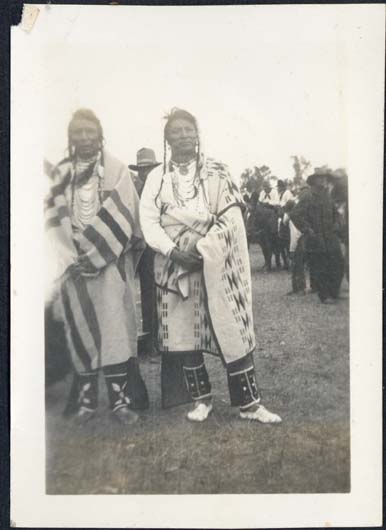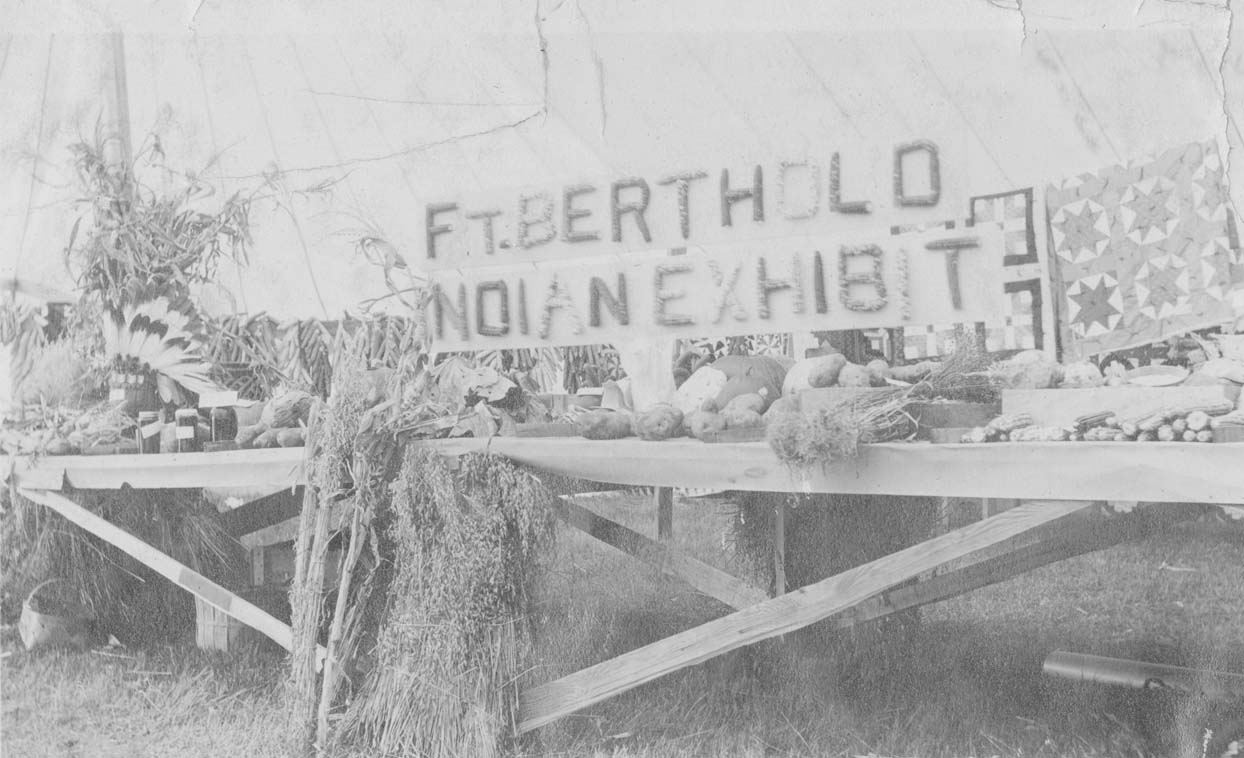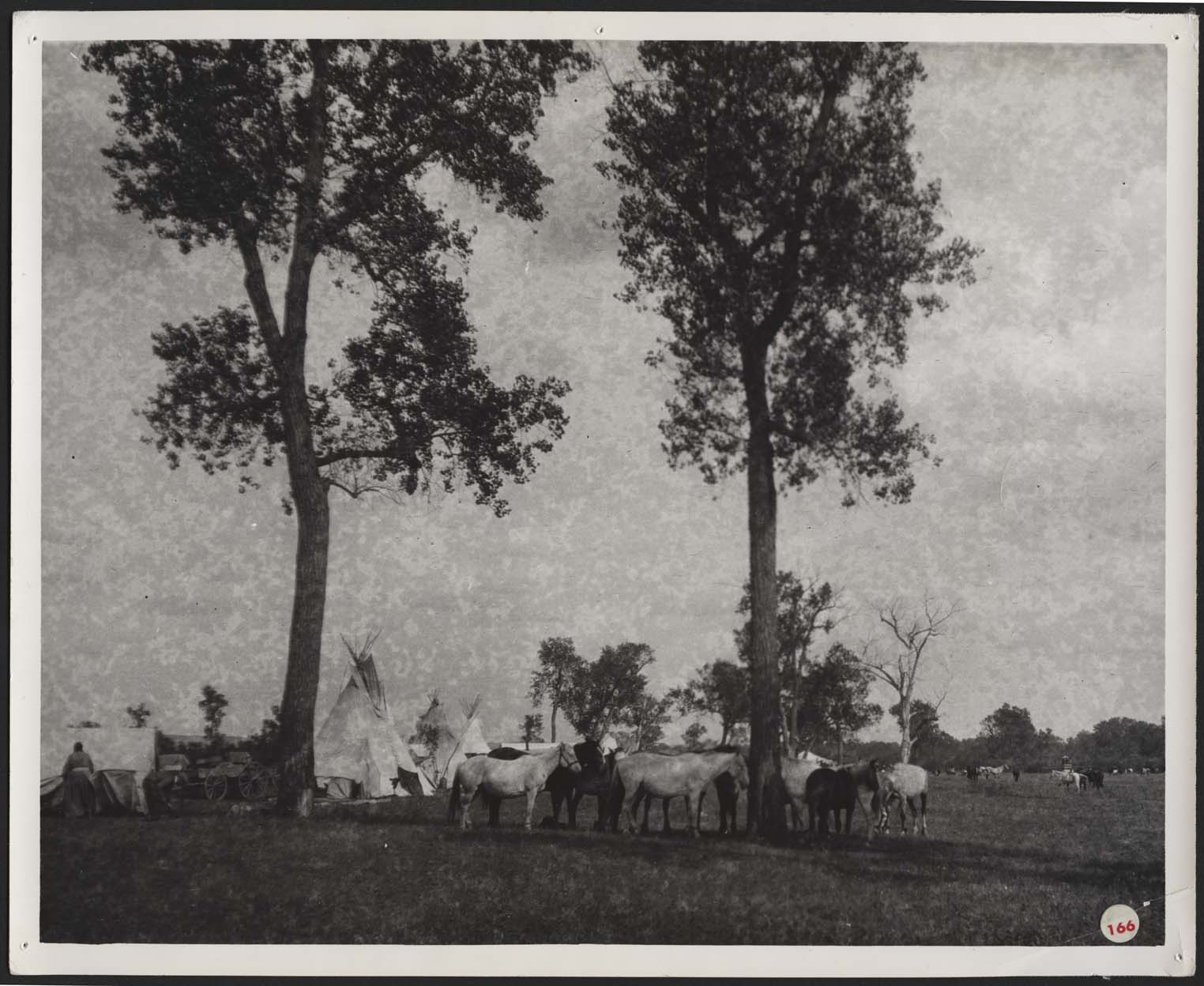The third supporting question, “What is reservation life like today?” helps debunk the myth that Native American culture is either frozen in time or has disappeared completely. Native American nations, both on and off the reservations, have modern communities that experience successes and challenges similar to non-Native communities. They also have challenges and successes unique to their culture due to the history and factors related to relocation from their traditional homelands. The reservations in North Dakota each have tribal governments, schools, hospitals, police forces, colleges, tourism organizations, museums, and other businesses. They all also participate in the major industry sectors in the state including agriculture, energy, tourism, and manufacturing. Complete the following task using the sources provided to build a context of the time period and topic being examined.
Formative Performance Task 3
Use the information from Featured Sources A-E, and additional research from library and internet sources, to build a timeline or outline of how Native American cultural traditions changed and/or remained the same during the transition to the reservation era. Create a graphic organizer that depicts what life is like on reservations for Native American people today.
Featured Sources 3
Read featured sources A-E. In a group or as a class, answer the following questions: What type of sources are they (letters, photos, maps, diaries, etc.)? What kind of information do they contain? Who created each of these sources? Who was the intended audience for each source? Why were these sources created? When were the sources created? How do we know? What else can you find?
Indian Fairs
In the early twentieth century, Indian Fairs served as not only a social gathering, but also as a means for the agents, teachers, and missionaries to demonstrate the ways that Indian people were acquiring the skills and cultural values that non-Indians deemed important. The fairs featured handmade goods and homegrown foods. Some of the exhibits represented recovered traditional skills; others involved new skills. Which skills, goods, and food mentioned in the reports appear to be traditional and which appear to be recently learned?
The first Fort Berthold Fair was held near the Elbowoods agency in 1911. The report presented here appears to have been written by an Indian participant or organizer of the fair, perhaps its secretary James Holding Eagle. Holding Eagle is probably the son of Scattered Corn who recorded ancient songs for ethnomusicologist, Frances Densmore. The second document is a brief report, author unknown, but probably prepared by the agent. Both were typed as viewed here. The fair had exhibits of crops and products of home industries; there were games and speeches. There was also an important historical component to the gathering as the people brought tipis to stay in and heard the daily news from heralds. The recreation of an important battle brought back the grief of personal loss to one woman.
The significance of the fair can be understood by the presence of Governor Louis B. Hanna, and Mr. Abbott. Though Abbott is not clearly identified, it is very likely that this is Frederick H. Abbott, who was associated with the board of Indian Commissioners. That these men took the time to speak with the elders of the Fort Berthold Reservation suggests that they approved of the fairs and considered this a good time to speak with the council about treaties, allotments, and the future development of nearby coal lands.
The fairs continued for a few years. Records indicate that Fort Berthold had fairs in 1914 and 1915 and perhaps other years. The Standing Rock Sioux Reservation also had a fair for many years. As with similar events, the significance of the fair differed for tribal members and for their non-Native agents, teachers, and missionaries. The Mandan, Arikara, and Hidatsa who attended this fair were experiencing a dynamic cultural moment when they gathered to celebrate their past and draw on the strength of their traditions to make their way into the future. In contrast, the agent did not see the Indians carrying their past into the future; rather, he seemed to have understood the fair as an opportunity to display the Indians’ progress which he believed was a sign of assimilation or becoming absorbed in Anglo-American culture. These papers can be found in the Fort Berthold Indian Fair records, SHSND Mss 20670.
| Source A |
Fair Report 1 The first industrial fair was held at Fort Berthold Reservation from September 17 to 24 in the open place in the woods just below Elbowoods Agency. This industrial fair takes the place of the Forth of July celebration and was wanted by many of the young people who had ambition and understanding that the Industrial fair would give the older and the younger people a clear idea of how to raise things around their own homes. We want to make this fair a yearly event and as this is our first beginning things have been delayed but from now on we hope to do things better and have a better show. The officers of the association are: President – Thomas Smith, V.Pres. William Bighead, Ben Benson, Four Rings. Secretary – James H. Eagle, Treasurer – Arthur Mandan, Judges – Frank Packineau, Harry Gillette, Young Bird, Louis Baker. Heralds – Chas. Ross, Robt. Lincoln, Ed Good Bird, Rufus Red Feather, Spotted Weasel, Chief Sitting Owl, Holding Eagle, Enemy Heart and four policemen were appointed to work along with heralds. During the fair we have had some good horse racing broncho riding contests, foot racing for men and women, breaking camp starting fire with flint, playing of old games. The most exciting was the moccasin game. Every body entered the contests with spirit and both the contestants and the audiences enjoyed the program thoroughly. Our industrial exhibit is being held at the commesary under the able management of of Mrs. Chas. W. Hoffman. The outsiders and the people on the reservation are greatly pleased by the exhibit and many visitors told us they were surprised that we could get up such a good collection and such a great variety of things. We too have learned a great deal. We have strings of corn, early Mandan corn, squash, early daysquash, potatoes, tomatoes, cabbages, carrots, oats, wheat, sunflowers, beans, etc. And many of the old Indian dresses and works on skins with porcupine quills and beads. And a variety of old things we had for prizes the State Historical Society offered us. Our friend Mr. Fish looked after the historical Society prizes. One of the (Our) most attractive scenes was the Day School exhibits of the different districts on the reservation, and also the Mission Schools- Fort Berthold Mission school and the Sacred Heart Mission. The best exhibit was by the Shell Creek school.They had basket weaving, drawing sewing and product from their garden. Besides the products of the earth we had nice jellies of different kinds, cakes, bread, home made soap, sewing on different kind of cloth, mending of different kinds and fancy work by the returned young ladies who have been students east. Many prizes were given and next year we all will know better and bring more things. The old custom of camp caller was used and very early in the morning he goes around the circle calling at the top of his voice to get ready for the events of the day. And when the even are coming off in the days time the heralds go around the circle announcing what will happen or the news of the camp. It is a good sight at the dawn to see the smoke curl up from the 260 tepees and as it raises above the great trees it carries a message of joy and welcome over the banks of the native Missouri. Thursday afternoon and Friday we had as our guests Mr. Abbott and Mr. Hanna. Many of the camp went miles out to meet them and we were all glad to meet these friends again. On Friday morning we had a great council in the big tent and these men gave us a good clear talk telling us they were glad we had started a fair and told us what would be expected of us when all our allotments were given to us. Then both of them discussed many of the problems we have to face as the building of houses, carrying on a good demonstration farm, the preserving of game, the attitude of the government to the coal lands and the bettering of our schools. We were glad to grasp these men by the hand and to hear the good practical words formany of the younger men are ambitious to make our reservation life count for a great deal. We feel that these men are helping us a great deal. On Friday night from 7.30 till 12.30 the older men talked with Mr. Abbott and Mr. Hanna in council. They brought up many questions of treaties years ago and discussed coal right and problems of allotting lands and the questions of living near the white settlers. We were glad these things were brought up and settled while our friends were near. The fair was a success and our committee will have a better one next year. |
| Source B | The sham battle of wednesday morning one of the old women remembered when she was in the real battle of many years ago and the flood of memories was too much for her and she turned and went back to her teepee wailing and weaping over some one lost in a real fight. Of the 260 teepees one third of them were the round old fashioned pointed tepee. They made a very picturesque appearance. They want all the families to get one for the next fair. The absolute order on the Fair grounds was noticed and remarked upon by a11 the visitors. There was no carousing and no quarelling and a good healthy spirit of fun was every where. The policemen had very little to do. Hunts Along with his new uniform and helmet was conspicuous figure among the group of policemen. Seven hundred dollars was collected from the people on the reservation. The large tent cost $275.00 There were fourty Sioux wagons from Standing Rock and four Black Feet Indians from Montana. Crosby Beak and Robert Little Wolf had their te3pees within the great circle set apart. They were especially delegated to attend to the wants and entertainment of the visiting Indians. Rev. CL Hall furnished pig for the greased pig catch. The one who caught the pig got it. The gaity of the council scene will never be forgotten. The old men and the committee asat in front, the women behind and the younger fellows and children in the back ground. Byron Wilde interpreted for the Ree and Arthur Mandan for the Mandan and the Grosventre. Every sentence of Mr. Abbott and Mr. Hanna had to be interpreted in both langugages. When a good strong statemnt was given the “how” was heard all around. |
| Source C | 
Black Crow and Bird Lying Down pose in front of a crowd at the Fort Berthold Fair in 1914. Note that their clothing is traditional and in the style of an important occasion. SHSND# 1076-00065. |
| Source D | 
This 1914 photograph shows an exhibit which is typical of the Fort Berthold Fair. Garden produce, handmade quilts, and other products are displayed. SHSND #1076-001. |
| Source E | 
This photograph shows a portion of the camp at the 1914 Fort Berthold Fair near Elbowoods. SHSND# 86-1175. |


